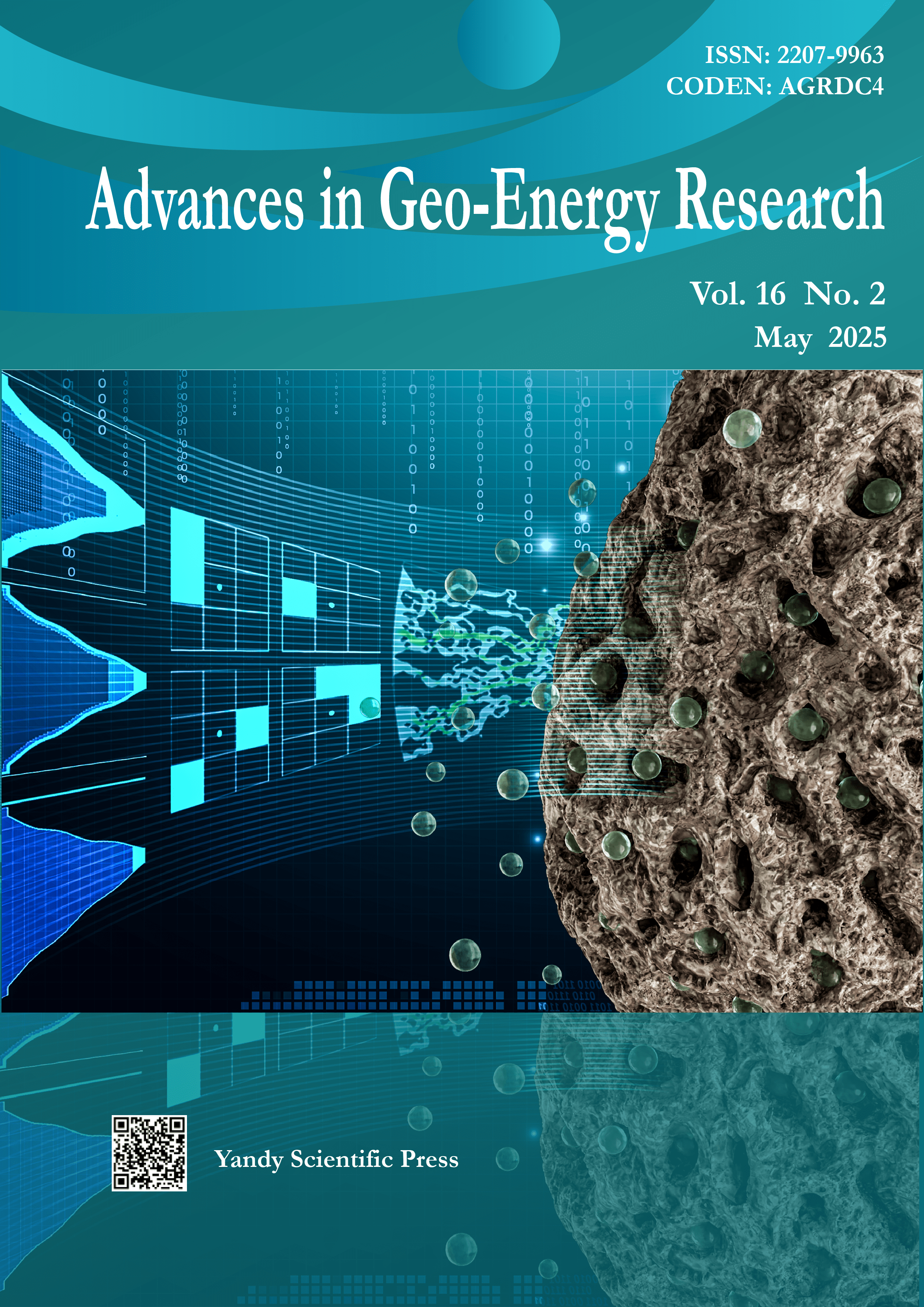Exploring the prospects and challenges of petrophysics research from the perspective of materials physics
Abstract
Rocks are the most prevalent material on solid planets, and using physical methods is the most practical and feasible way to explore planetary resources. This is also one of the most commonly used methods for oil and gas exploration on the Earth. However, many challenges remain to be addressed in practice. Based on the practice of oil and gas physical exploration, rock physicists need to answer several questions. This work aims to address these issues by exploring similarities between materials physics and petrophysics. There are some special phenomena in rock physics that can be explained by principles borrowed from materials physics. This work also examines the similarities of porous media in different physical methods, conducts comparative studies on the physical properties of porous media, and analyzes the potential for future exploration using comparative physical property methods. In addition to being applied in petroleum engineering logging and core analysis, petrophysics can also provide insights for the development of new energy and materials, offering valuable guidance for upgrading the energy structure.
Document Type: Perspective
Cited as: He, J., Dang, L., Wang, L., Kang, Q., Zhang, B., Zhang, C. Exploring the prospects and challenges of petrophysics research from the perspective of materials physics. Advances in Geo-Energy Research, 2025, 16(2): 95-98. https://doi.org/10.46690/ager.2025.05.02
DOI:
https://doi.org/10.46690/ager.2025.05.02Keywords:
Petrophysics, materials physics, multiphysics, digital coreReferences
Aboozar, S., Abbas, H., Mohammad, J., et al. Investigation of analogy between thermal and electrical properties of some reservoir rocks. Bulletin of Engineering Geology and the Environment, 2021, 80: 507-517.
Aminzadeh, F., Dasgupta, S. N. Fundamentals of petroleum geophysics., in Geophysics for Petroleum Engineers, edited by F. Aminzadeh, F. and S. N. Dasgupta, Elsevier, Amsterdam, pp. 37-92, 2013.
Chekhonin, E., Popov, E., Popov, Y., et al. High-resolution evaluation of elastic properties and anisotropy of unconventional reservoir rocks via thermal core logging. Rock Mechanics and Rock Engineering, 2018, 51: 2747–2759.
David, S., Trapman, P., Leirs, H., et al. The abundance threshold for plague as a critical percolation phenomenon. Nature, 2008, 454(7204): 634-637.
Hull, D., Clyne, T. W. An Introduction to Composite Mate rials (Second Edition). Cambridge, Britain, Cambridge University Press, 1996. Katsuhiko, A. Composite nanoarchitectonics towards method for everything in materials science. Journal of Inorganic and Organometallic Polymers and Materials, 2024, 34: 2926-2947.
Mehmet, S. Determination of representative elementary volume (REV) for jointed rock masses exhibiting scale-dependent behavior: a numerical investigation. International Journal of Geo-Engineering, 2021, 12: 34.
Michael, D., Isabel, M., Stephen, J. C., et al. Self-assembly and shape morphology of liquid-crystalline gold meta materials. Advanced Functional Materials, 2011, 21(7): 1260-1278.
Muskat, M., Wyckoff, R. D., Botset, H. G., et al. Flow of gas-liquid mixtures through sands. Transactions of the American Institute of Mining and Metallurgical Engineers, 1937, 123: 69-96.
Nokken, M. R., Hooton, R. D. Using pore parameters to estimate permeability or conductivity of concrete. Materials and Structures, 2008, 41: 1-16.
Panja, P., McLennan, J., Green, S. Impact of permeability heterogeneity on geothermal battery energy storage. Advances in Geo-Energy Research, 2021, 5(2): 127-138.
Shi, S. Z., Qi, Y., Chang, W. M., et al. Acoustic impedance inversion in coal strata using the priori constraint-based TCN-BiGRU method. Advances in Geo-Energy Research, 2023, 9(1): 13-24.
Xiang, N., Simon, Y., Alex, K., et al. Topological metamaterials. Chemical Reviews, 2023, 123(12): 6-25.
Xie, J., He, J., Zhou, K., et al. Mechanism of forming low resistivity in shale reservoirs. Geofluids, 2022, 2022: 5175577.
Downloads
Downloads
Published
How to Cite
Issue
Section
License
Copyright (c) 2025 Author(s)

This work is licensed under a Creative Commons Attribution-NonCommercial-NoDerivatives 4.0 International License.
